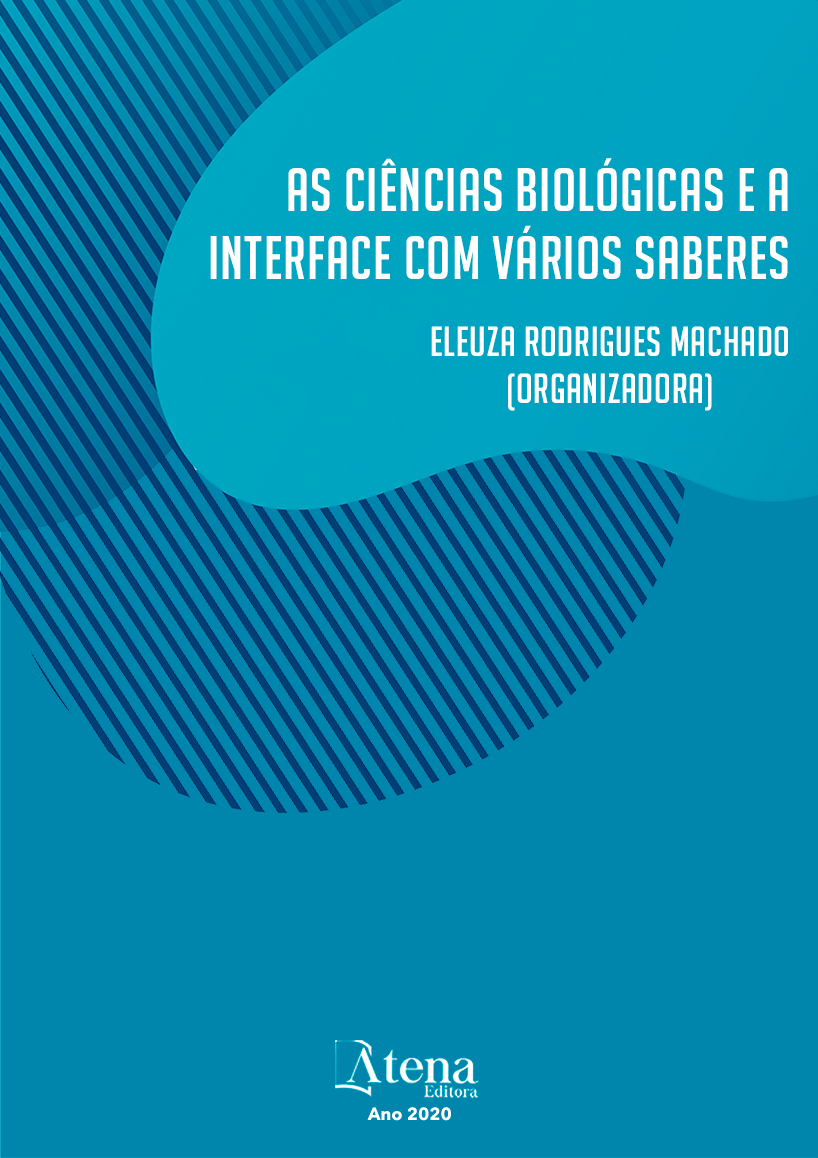
EMBRIOLOGIA INTERDISCIPLINAR: USO DE MODELOS EM BISCUIT PARA ENTENDER O DESENVOLVIMENTO EMBRIOLÓGICO
A embriologia é a parte da Biologia que estuda os processos de multiplicação, crescimento e diferenciação celular que levam à formação dos tecidos e dos órgãos de um embrião. O processo de ensino-aprendizagem sobre esse tema é bastante complexo e de difícil compreensão, já que inclui diferentes fases e diversas nomenclaturas associadas. Além disso, a sequência de acontecimentos ocorre tanto em nível macro quanto microscópico e, muitas vezes, a falta de materiais educativos adequados pode comprometer a aprendizagem sobre o tema. Nosso objetivo foi abordar o assunto de forma lúdica e atrativa para os estudantes, para que pudessem compreender como ocorre o desenvolvimento embriológico nos animais. Para isso, os estudantes do primeiro ano do Ensino Médio Integrado aos cursos Técnicos em Alimentos, Comércio e Segurança do Trabalho, do Instituto Federal de Educação, Ciência e Tecnologia de Rondônia, campus Jaru, confeccionaram uma série de embriologia usando biscuit. Inicialmente, os estudantes tiveram uma aula expositiva sobre o tema. Em seguida, no Laboratório de Ensino em Biologia, em conjunto com os docentes de Arte e de Biologia, cada turma foi dividida em grupos para a produção do biscuit. As massas fabricadas foram utilizadas para a modelagem das diferentes etapas do desenvolvimento, incluindo o óvulo fecundado, o zigoto, as fases inicial e avançada de segmentação, a mórula, blástula, gástrula e nêurula. Finalizada a confecção dos modelos, cada grupo apresentou a fase do desenvolvimento produzida para a turma. A construção dos modelos permitiu aos discentes compreender de forma mais lúdica e criativa os diferentes conceitos e fases do desenvolvimento embrionário, integrando o conhecimento da produção do material e as técnicas de modelagem e pintura. Nossa experiência exitosa ainda permitiu empregar uma metodologia inexplorada em nosso campus, facilitando o aprendizado e, sobretudo, estimulando a criatividade e a potencialidade dos estudantes em realizar trabalhos em grupos.
EMBRIOLOGIA INTERDISCIPLINAR: USO DE MODELOS EM BISCUIT PARA ENTENDER O DESENVOLVIMENTO EMBRIOLÓGICO
-
DOI: 10.22533/at.ed.74220040615
-
Palavras-chave: Desenvolvimento embrionário. Modelagem técnica. Interdisciplinaridade.
-
Keywords: Embryonic development. Technical modeling. Interdisciplinarity.
-
Abstract:
Embryology is the part of Biology that studies the processes of cell multiplication, growth, and differentiation that lead to the formation of an embryo's tissues and organs. The teaching-learning process on this topic is quite complex and difficult to understand, since it includes different phases and several associated nomenclatures. In addition, the sequence of events occurs both at the macro and microscopic levels and, often, the lack of adequate educational materials can compromise learning on the topic. Our goal was to approach the subject in a ludic and attractive way for students, so that they could understand how embryonic development of animals occurs. For this, the students of the first year of High School Integrated to the Technical courses in Food, Commerce and Occupational Health and Safety, from the Instituto Federal de Educação, Ciência e Tecnologia de Rondônia, campus Jaru, made an embryonic series using biscuit. Initially, students had an expository class on the topic. Then, at the Biology Teaching Laboratory, together with Art and Biology teachers, each class was divided into groups for the production of the biscuit. The manufactured masses were used to model the different stages of development, including the fertilized egg, the zygote, the initial and advanced stages of segmentation, the morula, blastula, gastrula, and neurula. After making the models, each group presented the development phase produced for the class. The construction of the models allowed the students to understand in a more ludic and creative way the different concepts and phases of embryonic development, integrating the knowledge of the production of the material and the modeling and painting techniques. Our successful experience also allowed us to employ an unexplored methodology on our campus, facilitating learning and, above all, stimulating students' creativity and potential in carrying out group work.
-
Número de páginas: 13
- Hendy Barbosa Santos
- Naiara Pereira de Araújo


